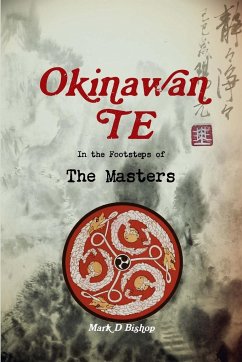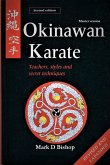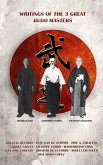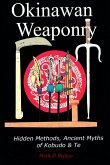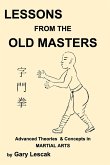Known for its knock-out strikes, fluid footwork & bladed weaponry, Okinawan te is a survivor that has endured due to its ability to adapt to social changes. In 1609, in order to suppress Okinawa's developing military might & vast trading links, the Japanese Satsuma clan launched a massive invasion & subjugated the island kingdom. Until then, te had been a bushido battlefield system, with organised castle & naval warfare. However, under Satsuma's rule, the Okinawan bushi, could no longer bear arms in public or have standing armies, so te was transformed into a personal fighting system & recreational activity. Within karate, Okinawan dance & music, the hidden essence of te still provides the framework. It fills Okinawan cultural life & keeps its subtle social machinery revolving. In this detailed work the foundation stones of Okinawan te are laid out through the explanations of historic technical photographs left by the masters for future generations; their forethought has enabled us to walk in their footsteps.
Hinweis: Dieser Artikel kann nur an eine deutsche Lieferadresse ausgeliefert werden.
Hinweis: Dieser Artikel kann nur an eine deutsche Lieferadresse ausgeliefert werden.

